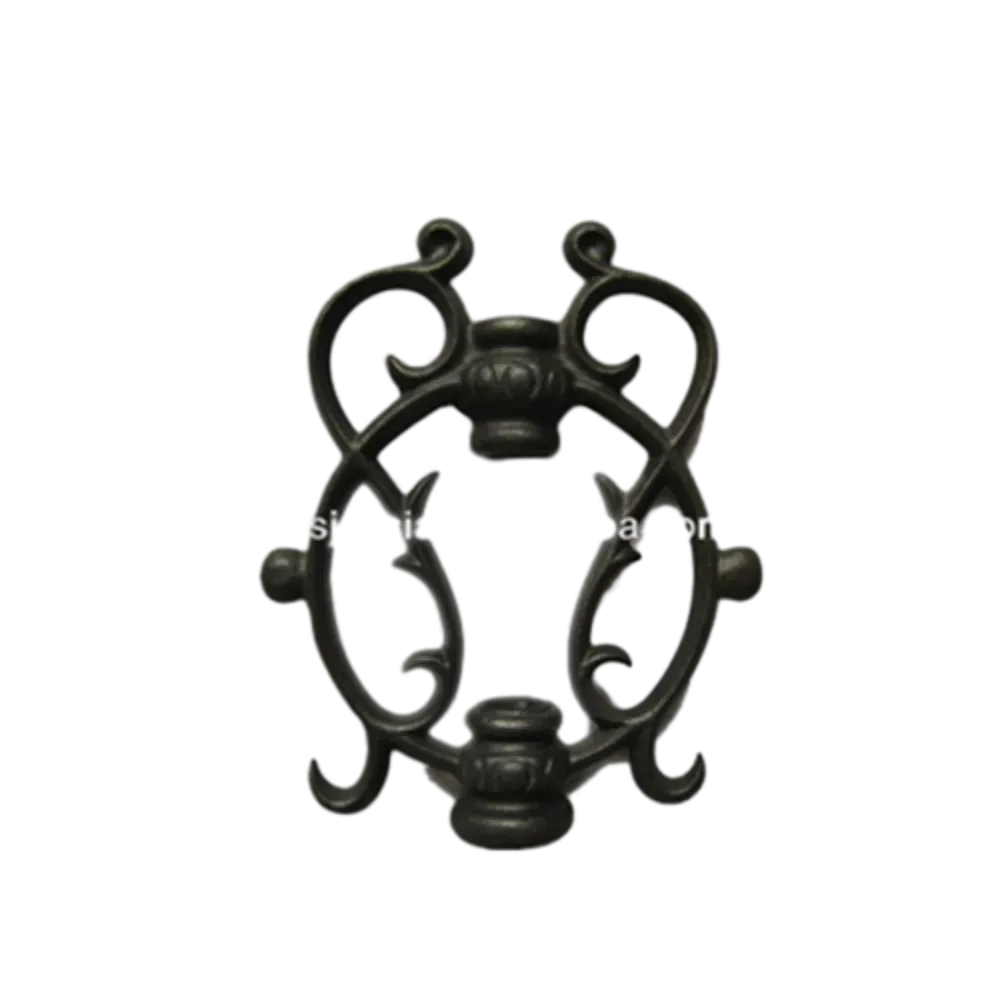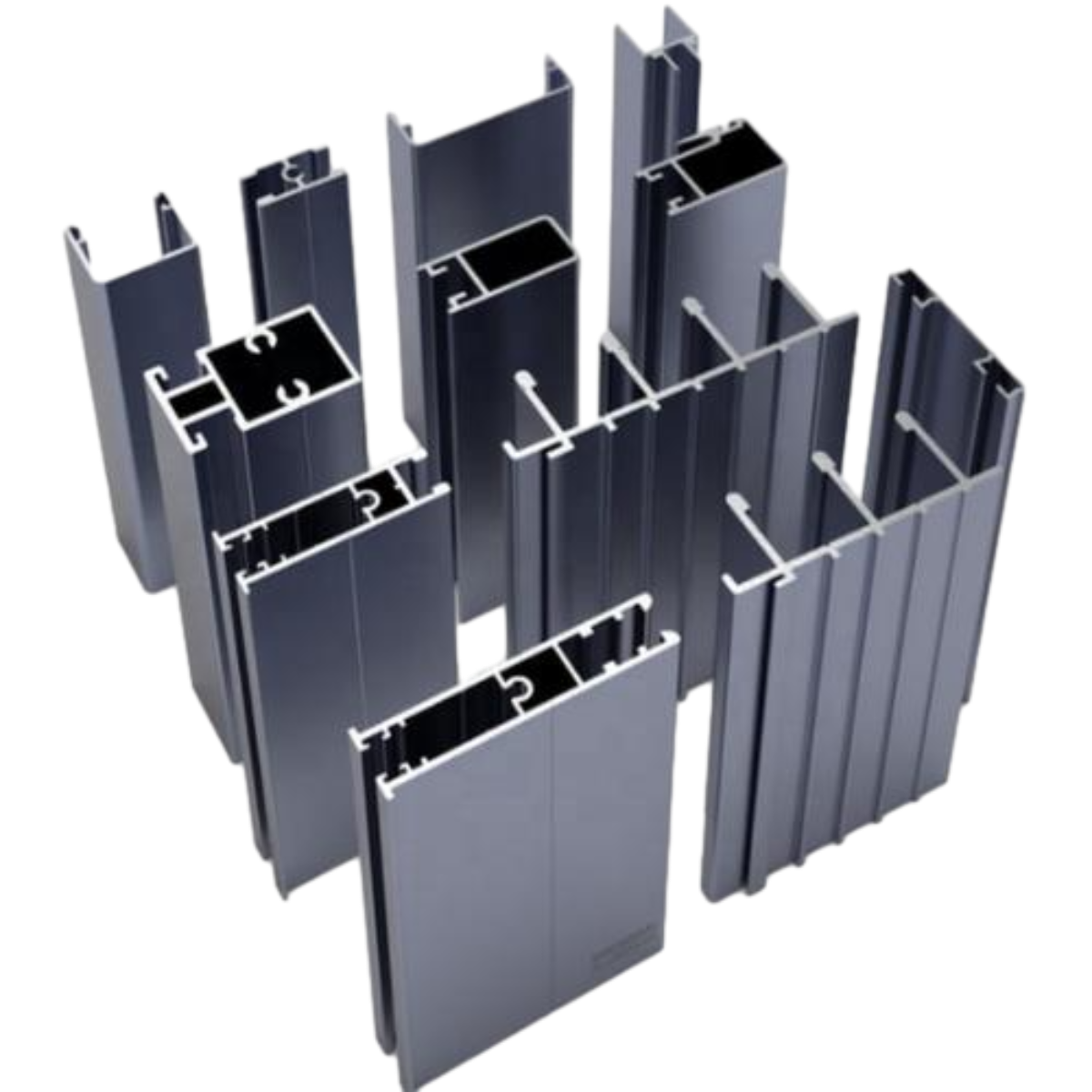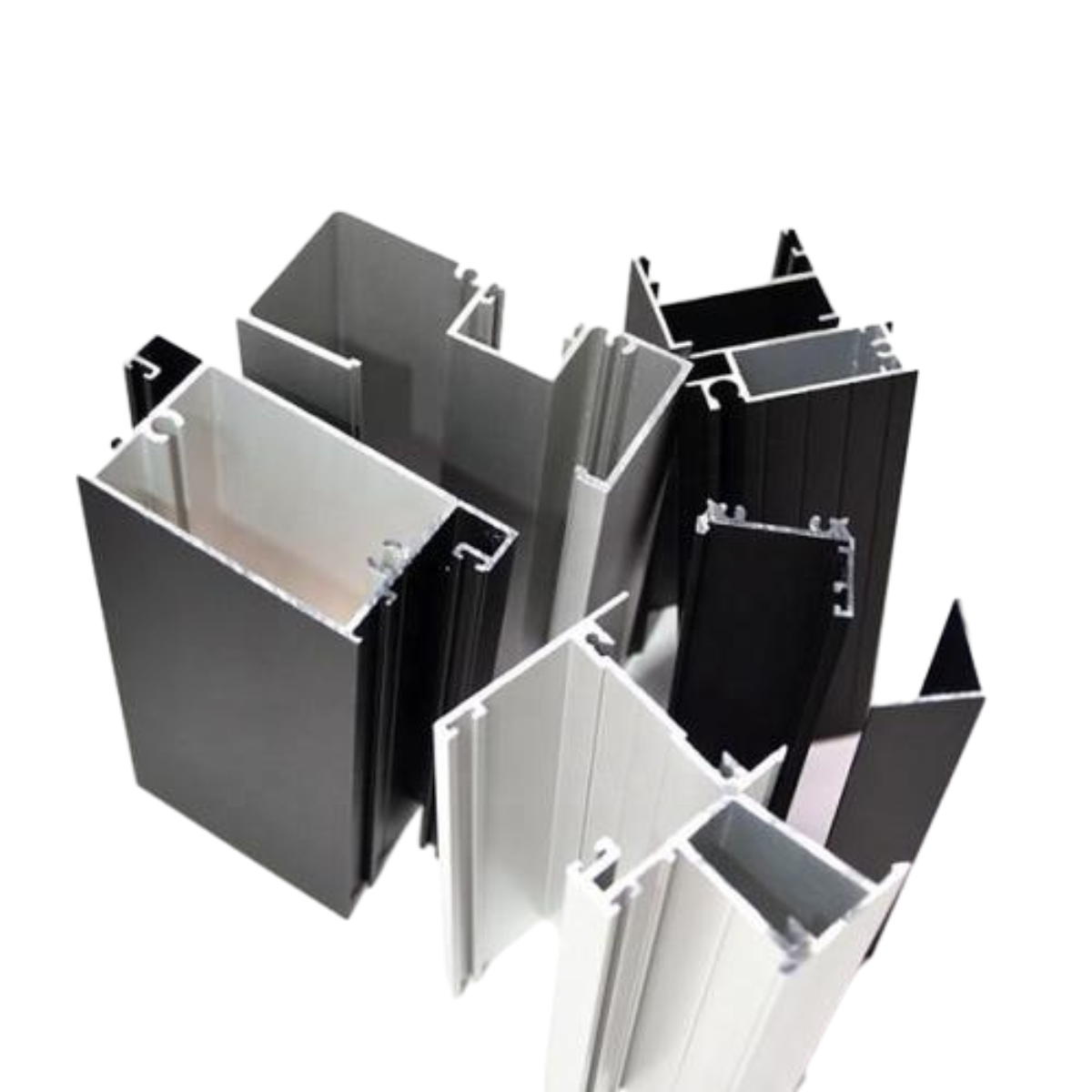Innovative Iron Casting Design Concepts for Modern Manufacturing Applications
The Art and Science of Iron Casting Designs
Iron casting is a vital process in modern manufacturing and engineering, playing a crucial role in the production of a variety of components used in numerous industries, including automotive, aerospace, and construction. The design of iron castings is not merely a technical endeavor; it is an art form that combines creativity, functionality, and engineering principles.
At its core, iron casting involves pouring molten iron into a preformed mold to create a specific shape. This process starts with the design phase, where engineers and designers must consider multiple factors, including the intended use of the casting, the mechanical properties required, and the manufacturability of the design. The intricate relationship between these factors is critical to ensuring that the final product meets performance standards and can be produced economically.
The Art and Science of Iron Casting Designs
The initial design often utilizes computer-aided design (CAD) software, which allows for precise modeling and simulation. Advanced CAD tools enable designers to visualize the component in a three-dimensional space, facilitating better design decisions. This phase also incorporates finite element analysis (FEA) to evaluate the stresses and strains that the casting will experience during use. By predicting potential failure points and optimizing the design accordingly, engineers can enhance the reliability of the final product.
iron casting designs

Another critical aspect of iron casting design is the mold design. The mold's configuration significantly affects the casting process and the quality of the final product. Designers must consider factors such as shrinkage during cooling, the flow of molten iron, and ease of mold removal. Often, multi-part molds are used to create complex geometries, which can further complicate the design process. In some cases, the introduction of incorporated features like risers and gates can help manage the flow and solidification of the molten iron, reducing defects and ensuring that the casting solidifies uniformly.
Post-processing is another consideration in iron casting design. While castings can be produced with high precision, they might still require additional machining or surface finishing to achieve the desired specifications. Designers must account for these secondary processes in their designs, ensuring that the final product meets all necessary tolerances while remaining manufacturable within budget constraints.
Sustainability is increasingly becoming an important element in casting design. Modern practices focus on reducing waste and energy consumption during the manufacturing process. The development of green casting technologies involves using recycled materials and minimizing emissions during production, thus reducing the overall environmental impact.
In conclusion, iron casting designs encapsulate a blend of art and engineering. Effective design not only considers the physical attributes of the product but also emphasizes economic viability and environmental responsibility. As technology continues to advance, particularly in areas like 3D printing and advanced materials, the possibilities for iron casting designs will expand, paving the way for more innovative and efficient solutions in various industries. Thus, the journey of transforming molten iron into a robust, functional part reflects the intricate balance between creativity, engineering precision, and sustainable practices in modern manufacturing.
-
Why Choose Cast Iron for Your Next Project?NewsApr.27,2025
-
Timeless Charm of Cast Iron Decorative ElementsNewsApr.27,2025
-
Wholesale Cast Iron Products: A Growing Trend in Home and Garden DécorNewsApr.27,2025
-
The Advantages of Using Ornamental Cast Iron Parts in Your Design ProjectsNewsApr.27,2025
-
Why Ornamental Iron Castings Are Essential for Timeless DesignNewsApr.27,2025
-
The Elegance and Durability of Ornamental Cast Iron PanelsNewsApr.27,2025















